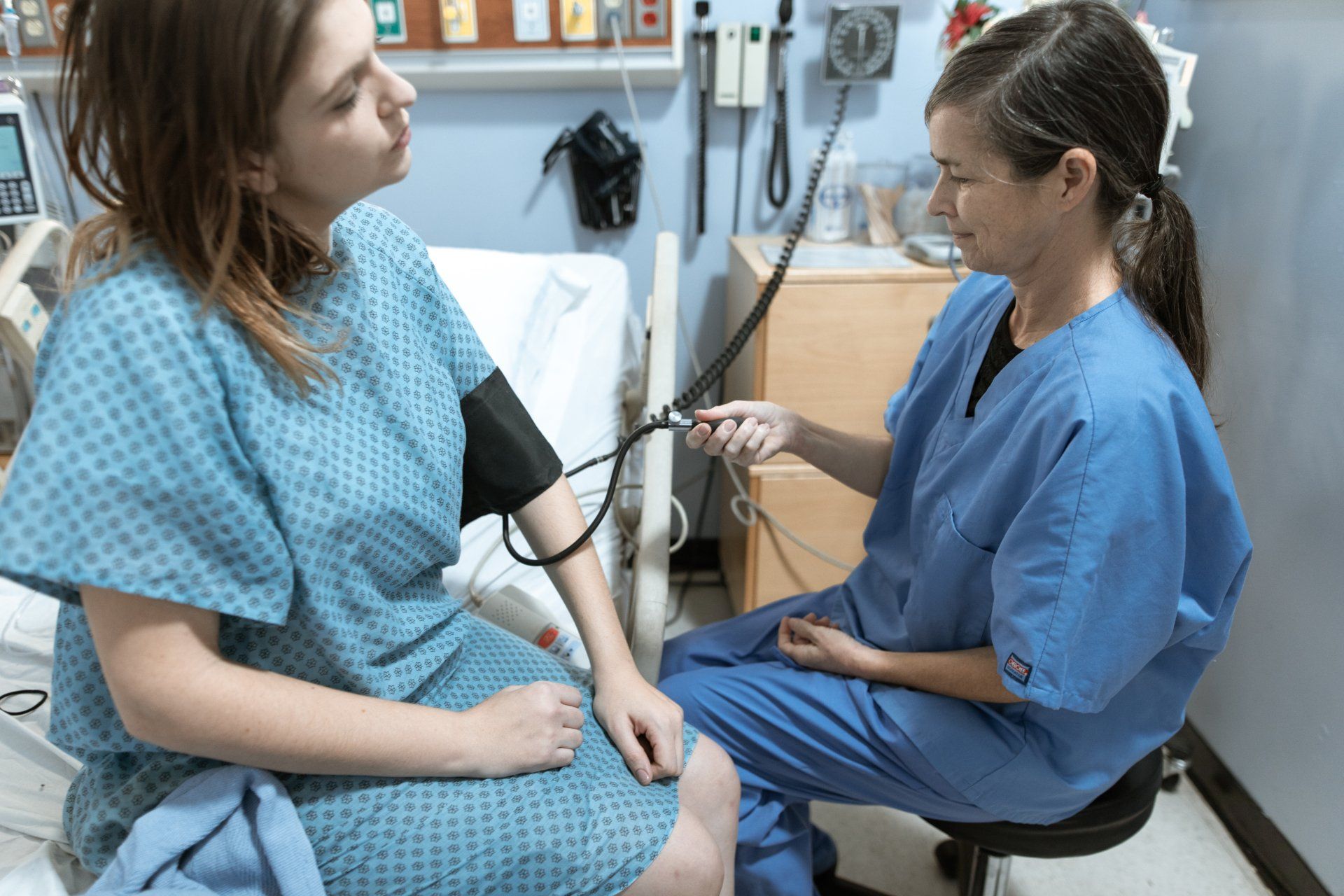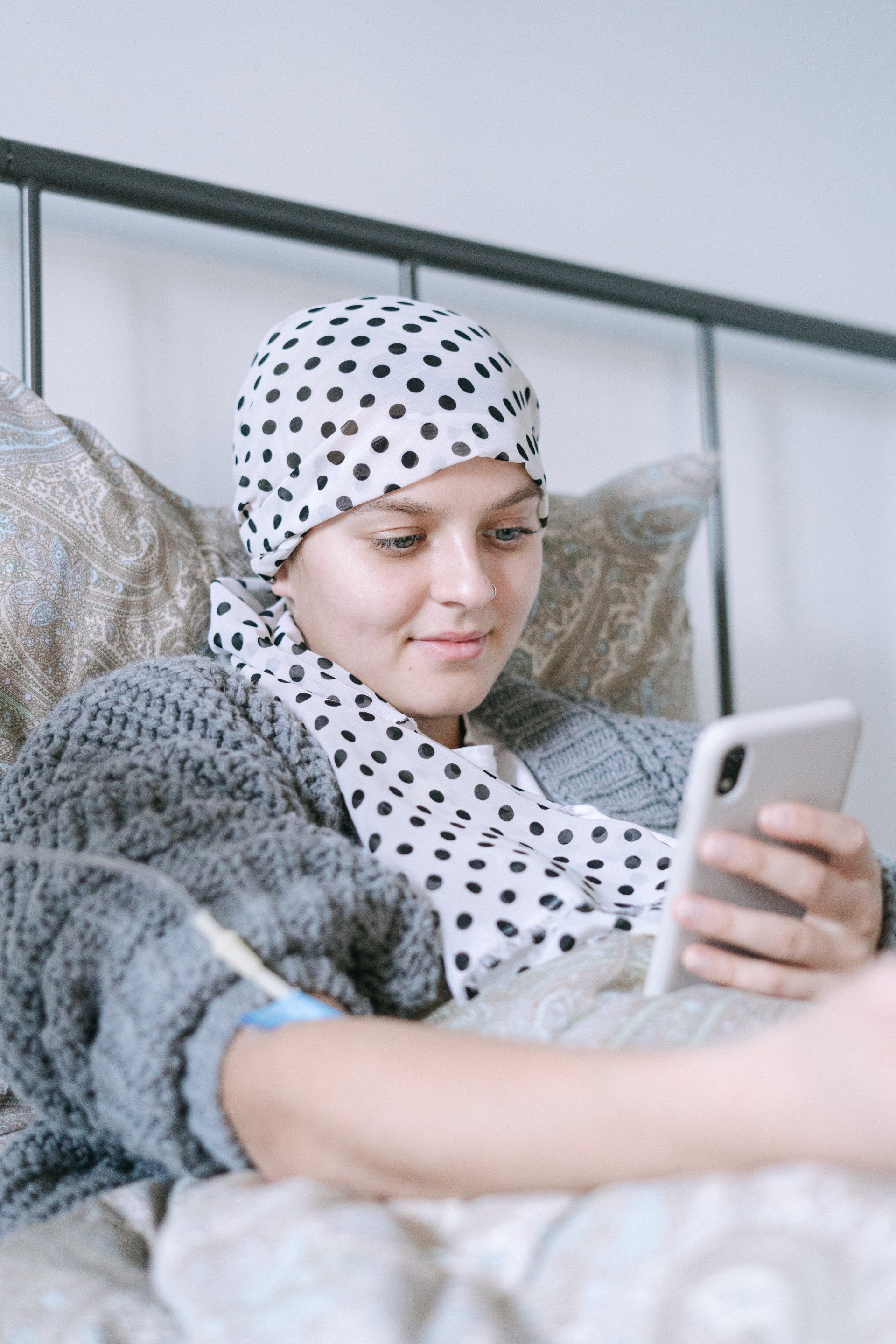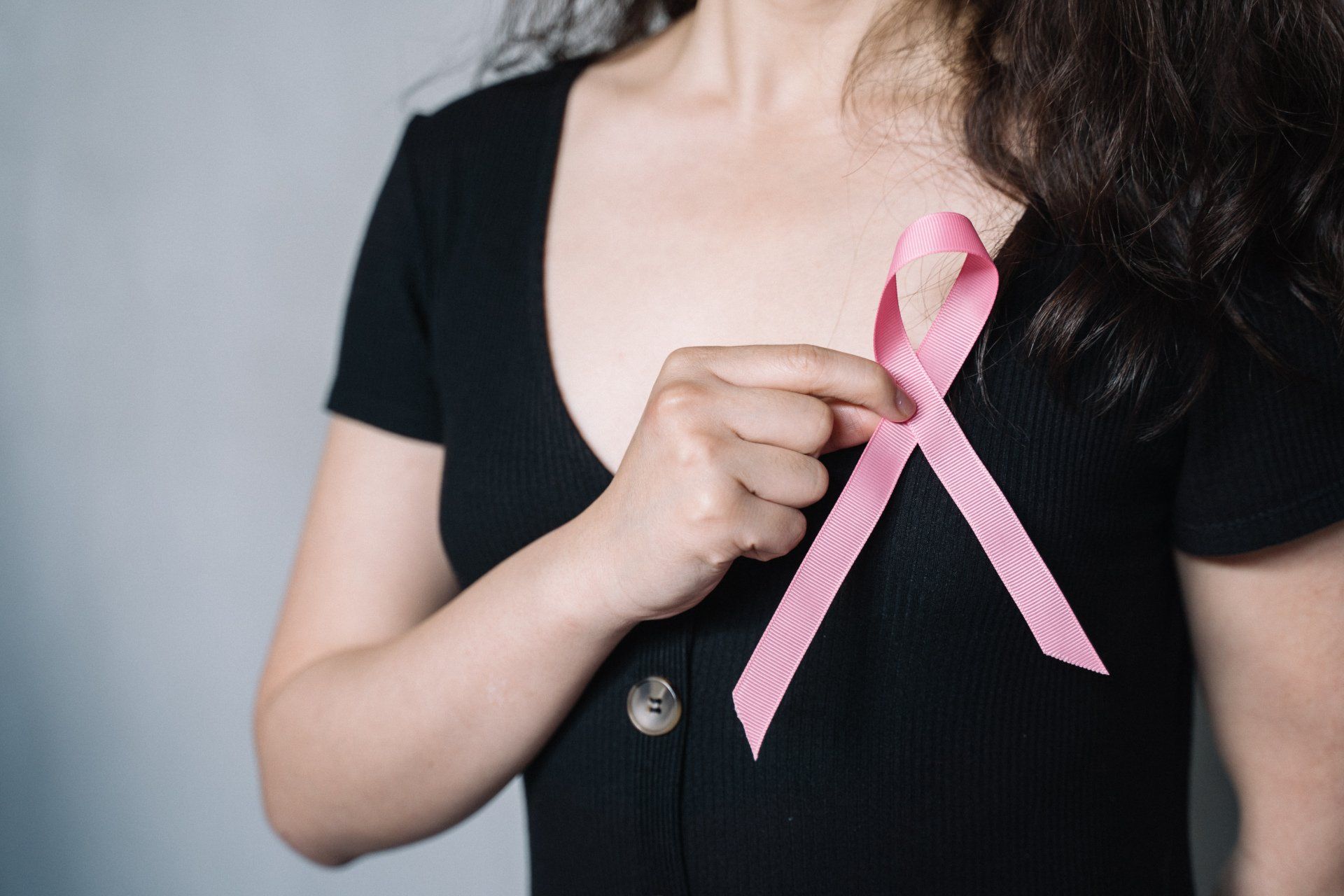Bipolar Disorder and Light Therapy: What You Need to Know.

- The exact cause of Bipolar Disorder (BD) is still unclear.
- Investigators say genetics, brain structure, and chemical imbalance are risk factors.
- Some evidence suggests light therapy improves depression symptoms in BD.
- Bright light treatment (BLT) doesn't affect the remission rate in patients.
- Experts don't know the exact mechanism and the effective light strategy remains elusive.
For decades, researchers have sought to unravel the exact cause of bipolar disorder and treatment options. They have turned to genetics, the brain, and even neurotransmitters for answers.
Do scientists have definitive answers? Not yet.
Do they know better than they used to? Definitely.
What causes the mental illness is yet to be fully understood. And research on treatment options is still developing.
This article discusses BD, the causes, and the effects of light therapy on BD.
What is bipolar disorder?
BD is a mental illness associated with alternating periods of lows (or depression) and highs (mania). That is, patients experience symptoms of depression and mania.
During a depressive episode, the person is sad, irritable, and hopeless. They often lose interest in activities they would typically do. This feeling usually persists for days if not treated.
On the other hand, a manic episode features more-than-normal excitement, energy, and talkativeness. At this phase, a patient may be impulsive and find sleeping difficult.
It's important to mention that the everyday ups and downs that an average person experiences are not the same as BD. In BD, the mood swings are extreme and last for days without interventions.
The illness may also affect your relationships with people and impair your thinking and daily activities.
In fact, it's one of the leading causes of disability worldwide. It usually develops during the teenage years or early 20s.
What are the symptoms of bipolar disorder?
BD patients experience two sets of symptoms: depression and mania.
Depression symptoms include:
- extreme sadness
- loss of energy
- sleeping issues
- poor concentration and decision making
- feelings of hopelessness
- eating problems and weight loss
- death/suicide
Manic symptoms are:
- uncontrollable happiness
- excessive self-esteem
- difficulty concentrating
- extreme irritability
- hallucinations (seeing or hearing things that don't exist)
- unrealistic beliefs
- incoherent thoughts
What causes bipolar disorder?
The underlying cause of the illness is unknown, but several theories have been put forward as to what causes it.
Scientists say it results from a complex interaction of a few risk factors.
These risk factors include:
- genetics
- altered brain structure
- chemical imbalance
How does genetics affect bipolar disorder?
It's long been suspected that BD is hereditary, and evidence supporting the genetics theory continues growing.
Twin studies found that genetics accounts for 60-80% of BD cases.
For a long time, scientists didn't attribute BD to any gene in particular. However, that's changing as evidence continues to finger a specific gene. For instance, new research led by scientists at the Stanley Center for Psychiatric Research spotlights the genetics of BD yet again. The researchers compared 1400 patients with an equal number of healthy controls and found that patients were more likely to carry altered variants of a gene called AKAP11.
In their words, "this analysis revealed rare protein-truncating variants in the AKAP11 gene that raise disease risk several-fold, making it the strongest genetic risk factor found for BD to date."
Does the brain structure have a link?
Studies conclude that the brain structure is slightly altered in BD patients.
However, experts do not know if changes to brain structure cause BD or if it happens because of the condition.
In BD, the gray matter and hippocampus are parts of the brain usually affected. These two are concerned with emotions and memory.
A 2017 MRI study that included 6,503 participants showed that people with BD had less gray matter in the brain when compared with healthy subjects. Similarly, people with this condition have been found to have a diminished hippocampus. This was the finding of a 2016 research that included 133 patients.
Nevertheless, more research is still needed to understand the link fully.
What's the role of neurotransmitters?
Neurotransmitters influence our thoughts, moods, and emotions. So it's not abnormal that scientists have turned to them for answers.
Neurotransmitters play an active role in the development of some mental illnesses. In the case of BD, norepinephrine (or noradrenaline) and serotonin are thought to play a role.
Norepinephrine (NE)
Norepinephrine influences alertness, anxiety, memory, and focus.
Research indicates that low and high levels of NE trigger depression and mania, respectively.
Light therapy offers some prospects for the treatment of bipolar therapy.
Research is still developing; there is some proof that bright light therapy (BLT) helps improve depression symptoms.
BLT has long been used in seasonal affective disorder (SAD), a type of depression due to seasonal changes. Now its efficacy in BD is under investigation.
One meta-analysis of four randomized control trials (RCTs) provides two major insights:
- BLT improved depression symptoms in bipolar patients.
- However, it didn't affect the remission rate.
The analysis involved 190 participants (94 patients and 96 control) exposed to varied light intensity, color temperature of light, duration, and exposure.
The researchers say the most efficient light parameter is unknown, but they suggest that light therapy in the morning is better.
Also, the four RCTs analyzed used light therapy as an adjunct, as most patients involved were on antidepressants or mood stabilizers. That means its efficacy as a monotherapy needs probing.
The bottom line
BD is a disabling condition that affects virtually all aspects of your life. It's associated with symptoms of depression and mania.
The main treatment options include medications and psychotherapy. However, there's growing evidence that light therapy may help.
Sources:
Berit K, (2014). Genetics of bipolar disorder. DOI: https://doi.org/10.2147%2FTACG.S39297
Cleveland Clinic. What is seasonal affective disorder? https://my.clevelandclinic.org/health/diseases/9293-seasonal-depression
Cristina C, et al. (2012). Bipolar disorder. DOI: https://doi.org/10.1155%2F2012%2F525837
Hirofumi Hirakawa, et al. (2020). Adjunctive bright light therapy for treating bipolar depression: A systematic review and meta-analysis of randomized controlled trials. DOI: https://doi.org/10.1002/brb3.1876
Masatake K, (2016). Noradrenaline plays a critical role in the switch to a manic episode and treatment of a depressive episode. DOI: https://doi.org/10.2147%2FNDT.S109835
Parts of the brain's hippocampus are diminished in size in people with bipolar disorder. [Story]. (2017). https://www.bbrfoundation.org/content/parts-brain%E2%80%99s-hippocampus-are-diminished-size-people-bipolar-disorder
Researchers find first strong genetic risk factor for bipolar disorder. [News]. (2022). https://www.broadinstitute.org/news/researchers-find-first-strong-genetic-risk-factor-bipolar-disorder
Researchers create a roadmap of bipolar disorder and how it affects the brain. [USC News]. (2017).
Thank you for reading Patient Education Essentials, the Write Shift RN blog.
Disclaimer: This article was written as a guest post for Write Shift RN LLC's blog. The information in it may not be wholly fact-checked or edited, allowing the reader to see the writer's work and skills firsthand. This information is not intended as medical advice. It is for informational and educational purposes only. Always talk to your doctor or other qualified healthcare providers about any questions or concerns you may have regarding medical conditions.











